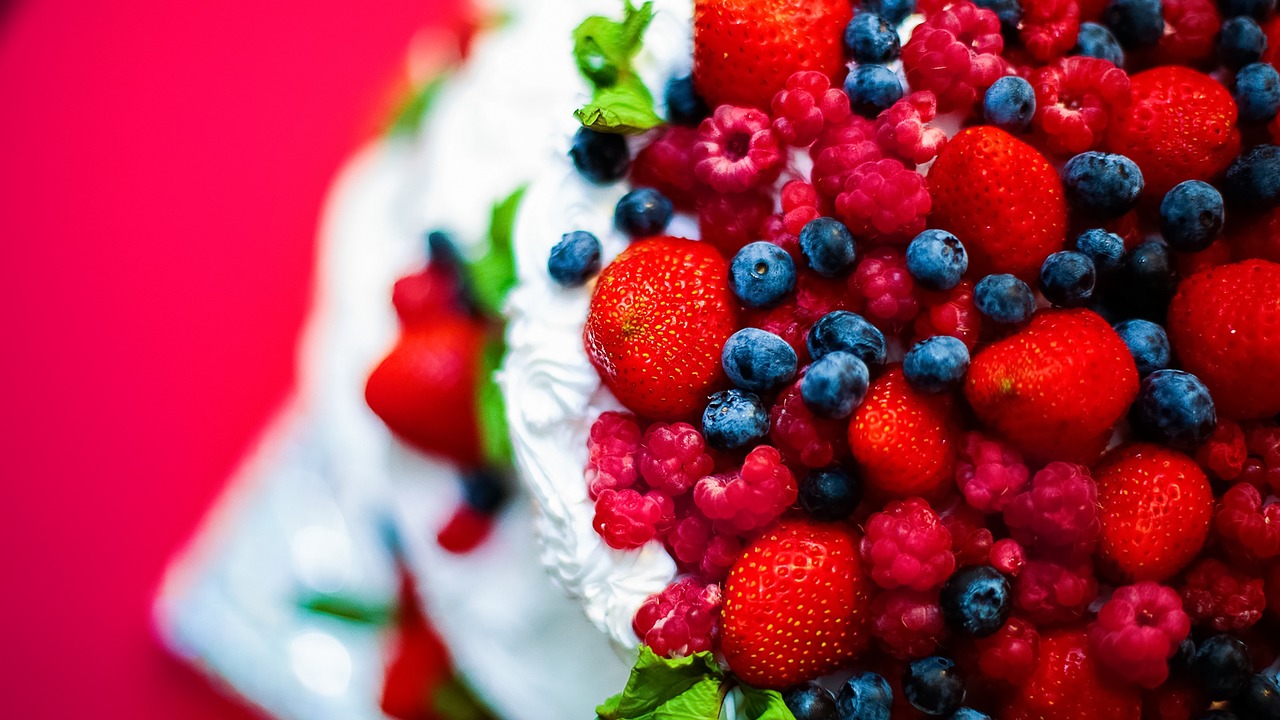

Rainbow on the palate with fruit food coloring
When a dish makes your mouth “water” merely by looking at it, it may be due to the colors, yet these are not always the “real” ones – but the result of the use of artificial colors.
Soft drinks, sweets, and frozen semi-prepared products tend to be artificially colored in order to conform to what is written on the labels; even when they contain ingredients of natural origin, processing can leave foods without color. However, these chemicals meant to make food more pleasing to the eye have a dubious reputation – most of them are reportedly made from petroleum, a derivative of coal tar, and petrochemicals – and they are often associated with health risks, such as destabilizing the immune system, hyperactivity, and ADHD (artificially colored foods are eaten most by children, a study shows), allergic reactions, and even cancer.
Fortunately, there are alternatives that are absolutely safe for health, but they are found in a rather small proportion in the products sold in stores; obtaining them entails much higher production costs.
Natural dyes, obtained from fruits and vegetables, can make food just as appetizing from a chromatic point of view. Thus, home-made sweets can take on astonishing shades (well, maybe not as intense as commercial ones), much more real and pleasing to the eye compared to artificial ones.
Think lavender cake frosting, a deep red cake topper, or the fact that you can take a themed party to another level by adding surprising colors to your dishes.
Fruits are the most convenient source of food colorings, being used in the form of puree, juice, or dried/freeze-dried fruit powder, as each individual preparation allows. But because fruits do not cover the whole palette of colors, you can use certain vegetables, spices, or other healthy ingredients. And because most of them are also characterized by an intense taste, in proportion to their saturation, you must be aware of the fact that they can significantly affect the taste of the dishes to which they are added. That is why it is good to add a little of the food or spice used for coloring, and be sure to taste the dish during coloring.
The yellow color can be obtained by adding fresh or dried mango, yellow beet juice, or turmeric (it has an extremely intense taste and is more suitable in savory dishes, but can also be used in sweets, in much smaller quantities).
If you want a more intense yellow or even orange, you can add a splash of natural red coloring – fresh or dried raspberries and strawberries , beetroot juice and sour cherries (in juice form, or freeze-dried and chopped in a blender) are the main sources of red and pink – or you can use carrot juice and saffron.
For the green color, the resources are more than generous: spinach, basil, wheat stalk, or sprouted barley, Chlorella, Spirulina, as well as Matcha powder, will complete the landscape on the plate.
For shades of blue and purple, use blueberries, blackberries, and red cabbage juice, depending on the specifics of the dish. blueberries, blackberries și suc de varză roșie, în funcție de specificul preparatului.
You can also get deep black dishes by adding activated charcoal.





No Comments